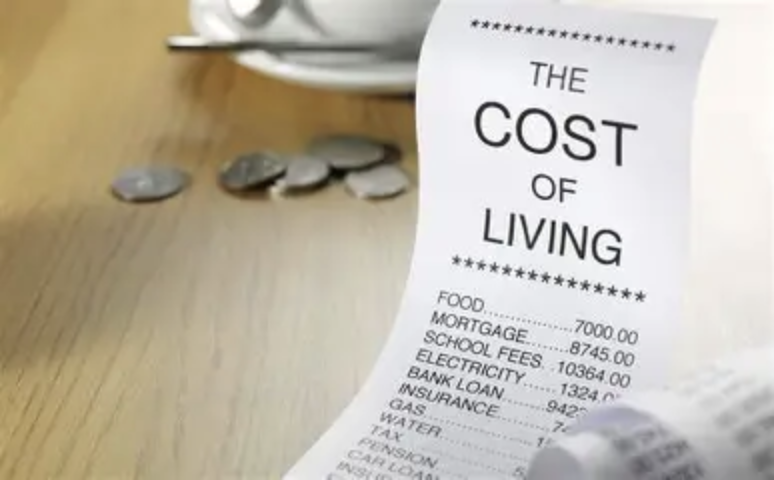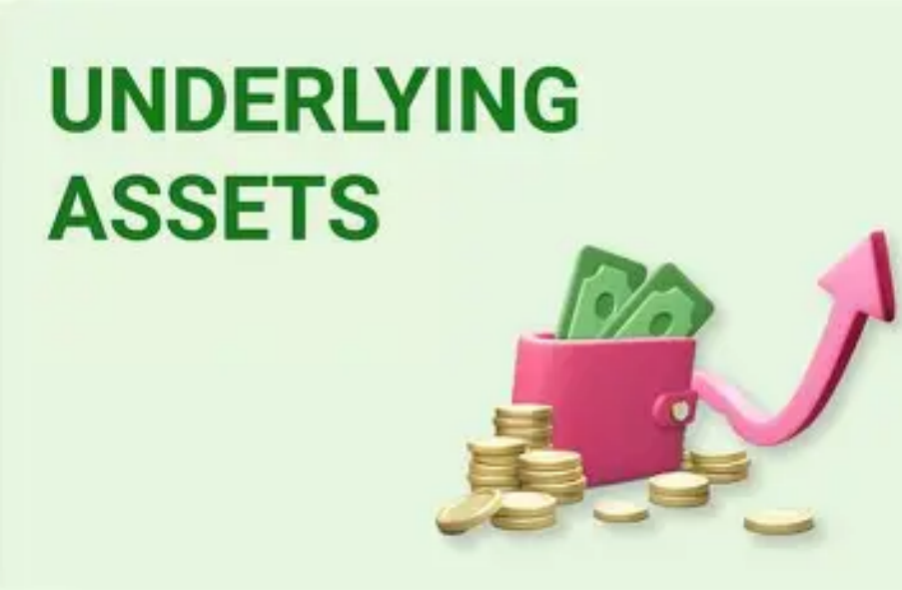For people with significant financial resources, the distinction between "consumption upgrade" and "luxury trap" is frequently unclear. An upgrade goes beyond merely acquiring more expensive products; it involves making purchases that improve overall quality of life, retain value, or correspond with future objectives. Thoughtful purchasing transforms temporary wants into substantial decisions, guaranteeing that each spending choice has a reason that transcends instant pleasure.

Prioritize "Value Multipliers" Over Single-Use Splurges
Avoid luxury purchases that provide only brief pleasure. Opt instead for items that offer numerous advantages: an upscale home gym reduces gym fees and eliminates travel time, a multifunctional designer bag serves both professional and casual needs, or an intelligent wine cellar maintains and increases the value of rare vintages. These "value enhancers" transform spending into investment that enriches day-to-day living while preserving either practical usage or financial worth.
Prior to moving up to a higher-end product or service, assess its practical value. Rent a luxury vehicle for a weekend rather than purchasing one, try a premium travel club for a month, or borrow a top-quality camera from a friend. If you find yourself using or appreciating it regularly, it’s probably a worthwhile investment; if it remains unused, then it’s a mistake. This evaluation phase helps you avoid regret and guarantees that you are paying only for what genuinely fits into your routine.
Assess "Long-Term Ownership Costs"
An initially low price does not equate to a lesser overall expense. When considering significant purchases—such as a yacht, a vacation property, or an upscale watch—factor in ongoing costs: upkeep, insurance, storage, or depreciation. A villa that is marginally pricier but requires little maintenance might save you thousands each year compared to a less expensive property that demands constant attention. Smart buying requires considering more than just the sticker price and understanding the entire lifecycle expense.
Align Purchases with "Personal Values"
Allow your principles to direct upgrades instead of succumbing to societal influences. If sustainability is important to you, invest in luxurious brands committed to ethical practices. If family is your priority, consider moving to a bigger home with a guest suite rather than purchasing a sports car. If education is vital, invest in exclusive masterclasses or valuable book collections. Items that resonate with your core beliefs feel significant and steer clear of the "hollow luxury" trap of purchasing to impress others.

Establish "Upgrade Triggers" Related to Milestones
Prevent hasty upgrades by connecting them to particular milestones. Celebrate a career achievement with a luxury getaway, upgrade your home entertainment system when your family expands, or buy a fine art piece on your tenth wedding anniversary. Such triggers make upgrades celebrations of success, ensuring they are deliberate and associated with positive life events rather than arbitrary impulses.

Differentiate "Needs" from "Status Symbols"
Items purchased purely as status symbols—purchases made only to showcase wealth—are the largest consumption pitfalls. A limited-edition sneaker you won’t wear or a luxury branded item that doesn’t align with your style consumes resources without providing value. Savvy buyers concentrate on "upgrades based on needs": a more dependable private jet for regular travel, an upgraded sound system because of your love for music, or a tailored suit that boosts confidence in professional settings.
Upgrading consumption is a mindset rather than a matter of cost. For those who spend significantly, wise purchasing entails asking: "Does this add to my life, align with my principles, or possess lasting value?" By concentrating on value enhancers, testing functionality, and steering clear of status symbol traps, you make each purchase a step toward a more rewarding and financially conscious lifestyle.

Best Investment Apps

First Step for Finance Newbies: Allocate Income Wisely

High Income ≠ High Net Worth: Build Real Wealth

Judging: Is a Financial Product Worth Investing?

Enhancing Personal Financial Wisdom Through Market Volatility

Crafting Your Wealth Blueprint

Finance Isn’t "Trading": Grow Money Purposefully
